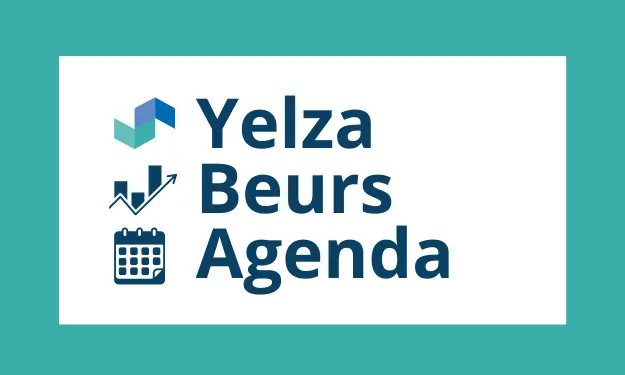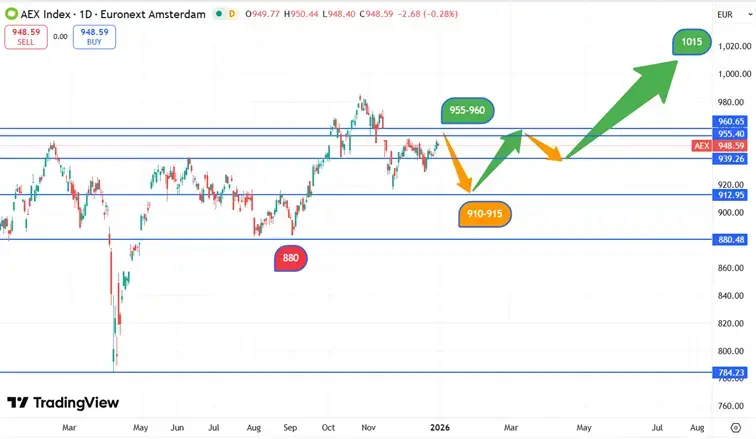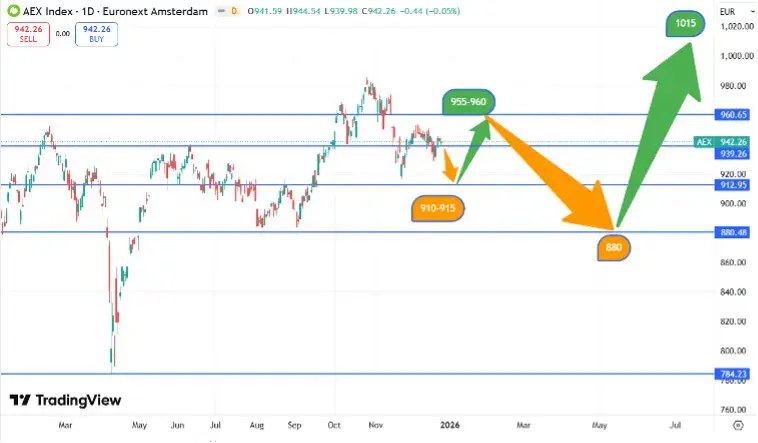Publication date: July 31, 2025
Since the beginning of this year, the Euro has appreciated sharply against the U.S. dollar. In January, Americans were still paying $1.02 for a Euro; at the beginning of July it was already $1.18. This means that America was about 15% more expensive for imports from the EU at that time. Conversely, trade from the U.S. became cheaper for the EU by 15%. As a result, the U.S. is effectively importing inflation.
Currently, the U.S. dollar is again showing strengthening against the euro, which may indicate a temporary correction in the upward movement of the European currency. In this article, we elaborate on the cause and influence of these currency fluctuations. In addition, we express an expectation and provide options for consideration to respond to the Euro-US Dollar exchange rate fluctuations.
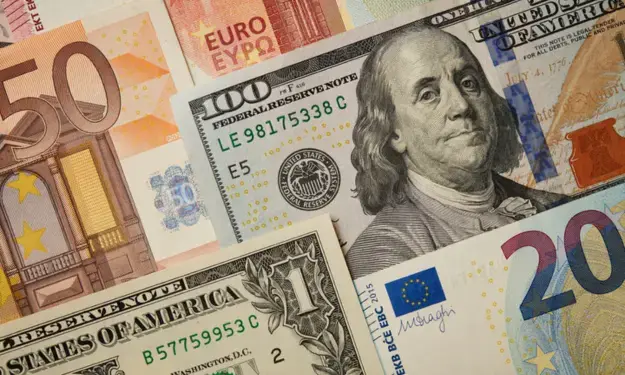
Why the dollar weakened against the Euro in 2025
There are several reasons for this. The main cause was that under the presidency of Donald Trump, unpredictable measures were taken, such as "Liberation Day" with the announcement of import tariffs, which led to major concerns about the financial stability of the US.
This caused the dollar to lose its position as a safe haven. Concerns about the rising budget deficit, where spending on social programs and tax cuts could reach trillions of dollars, are causing investor unease.
In addition, continued political uncertainty is causing capital to be drawn away from U.S. government bonds and equities, lowering demand for dollars and putting downward pressure on the exchange rate.
In the EU, heavyweight Germany announced a fiscal stimulus in early March, which made the Euro market attractive, gaining about 4% against the dollar. This reinforced the upward trend in the Euro against the US Dollar.
In July, the dollar strengthened slightly again, helped by an optimistic US - EU trade agreement, which led to gains in Euro sales and a brief rebound for the US Dollar. Nevertheless, analysts foresee that the structural downtrend may continue to develop from fundamentals such as diversification and overvaluation of US assets.
What implications does the Euro's rise against the US Dollar have for investors?
If you as a European investor invest in Euros in US equities or ETFs, if the US Dollar weakens you will obviously get back fewer Euros when converting your profits or dividends.
In the current situation that the US Dollar falls 15% against the Euro, your return in Euro measured by the same percentage, even if the US stock remains the same in value.
U.S. export companies such as high-tech, agriculture and automobiles become more internationally competitive as their products become cheaper
in Euros. Companies such as Caterpillar, Boeing, Apple and Pfizer therefore benefit from higher demand outside the US.
Investments in emerging markets and commodities often benefit from a weak US Dollar. It lowers the debt burden of emerging countries (many loans are in US Dollar) and it drives up prices of commodities like gold, oil, copper (usually priced in US Dollar).
The strong Euro provides opportunities within Europe. It increases the purchasing power of European investors in foreign markets and the attractiveness of European domestic companies with few exports (which therefore suffer less from expensive Euro). In particular, European small caps and real estate ETFs can benefit.
What is the outlook for the Euro-US Dollar?
After the strong rise in the first half of 2025, in the most likely scenario, our algorithmic model gives a correction in which the rate can return to the $1.11 level and even eventually lead to a rate of $1.06. For the longer term, we can expect a further appreciation of the Euro against the US Dollar that may continue up to $1.25.
Below we show the price chart of the Euro-US Dollar over the past year with the most likely scenario plotted.
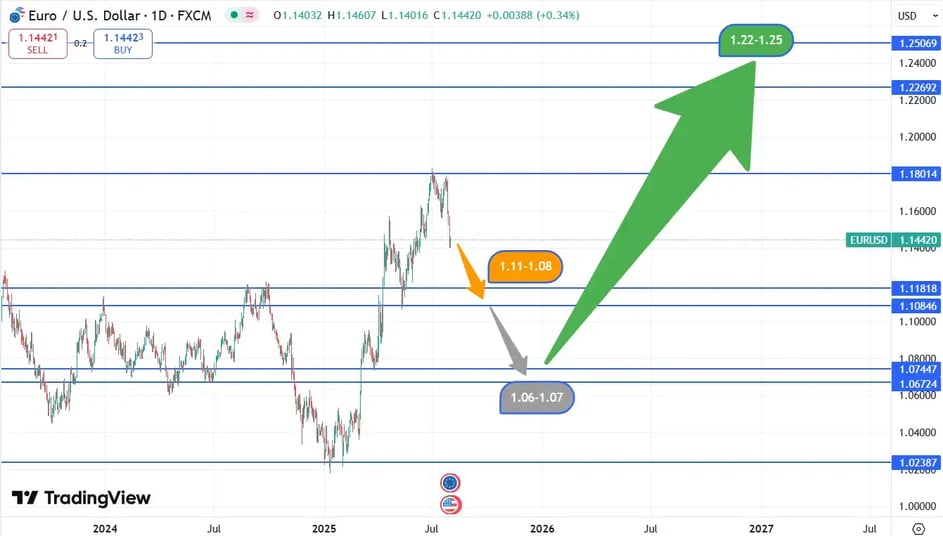
What could cause the US Dollar to temporarily rise again against the Euro?
A temporary rise in the US Dollar against the Euro in the coming months would likely stem from a combination of economic, monetary and geopolitical factors. We should not rule out the possibility that the U.S. central bank (FED) is less likely to cut interest rates than expected, or even to raise them if inflation continues. Then the US dollar would become more attractive to investors because of the higher yield on US bonds. This would attract capital to the US and increase demand for the dollar. The US economy is currently growing faster than expected and inflation is rising.
On the other hand, if the Eurozone weakens economically, the European Central Bank (ECB) would be more likely to make further interest rate cuts. This weakens demand for the Euro. Should the US reform its fiscal policy (e.g. increase taxes or cut spending) and/or report a better trade balance figure, structural confidence in the US Dollar increases. This may lure long-term investors (such as central banks) back to USD assets.
A restoration of confidence in US institutions can also help strengthen the US Dollar. If political tensions surrounding, for example, President Trump's policies, the Federal Reserve or the growing debt ceiling are resolved or stabilized, this could support the US Dollar. International investors seek stability and the US can still provide it, despite everything, with adjusted policies.
We certainly should not rule out the possibility that US inflation will rise further than expected and that the labor market will continue to develop positively. The Fed will not cut interest rates in that situation. Should Germany's economy grow slower than expected during that period, the Euro-US Dollar will start to fall significantly in a short period of time.
As named in the forecast, the above factors will allow the Euro-US Dollar to fall temporarily. For the long term, our model foresees a further rise of the Euro against the US Dollar.

.svg)


.webp)

.webp)
.webp)
